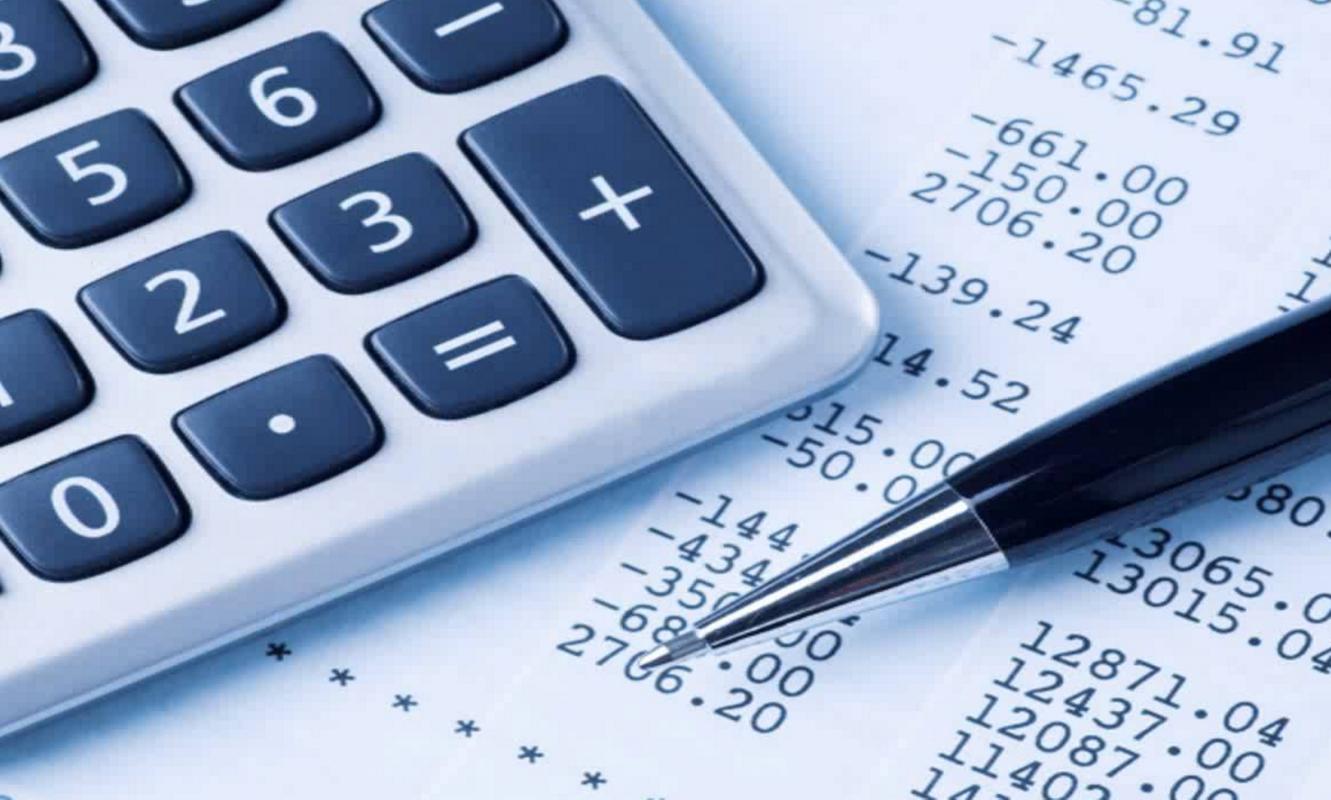What is a Trial Balance in Accounting?

What is an Interim Trial Balance?
The accounting period begins on January 1 and ends on December 31. Interim trial balances are prepared at regular intervals, such as monthly or quarterly, to check the mathematical accuracy of the transfers from the journal to the ledger until the end of the accounting period.
Why is the Trial Balance Important?
The trial balance is important as it serves as a tool that summarizes the financial status of the business.
- It helps check the accuracy of accounting records and understand the financial situation of the business.
- Regular preparation of the trial balance ensures the reliability of financial statements, providing transparent information about the business's performance to managers, investors, and other stakeholders.
- The preparation of the trial balance helps balance the business's assets, liabilities, and equity, assisting in financial risk management and supporting decision-making processes.
Types of Trial Balances
There are three types of trial balances:
- Monthly trial balance
- General preliminary trial balance
- Final trial balance
Monthly Trial Balance
As the name suggests, a monthly trial balance is prepared at the end of each month. Monthly trial balances are named after the month in which they are prepared. For example, a trial balance prepared in May includes all transactions for that month and is called the May Trial Balance.
General Preliminary Trial Balance
As mentioned, the accounting period ends on December 31. The general preliminary trial balance is prepared as of December 31. It is prepared before the inventory transactions and includes all monthly records for that year, showing the current status of the business.
Final Trial Balance
The final trial balance is the last trial balance prepared at the end of the period. It includes the final and definitive records obtained after year-end inventory transactions. The final trial balance cannot be changed or amended later.
How to Prepare a Trial Balance?
The preparation of a trial balance can be done in three simple steps:
- Summarize the totals of the accounts in the ledger.
- Write the totals of the accounts in the amount column.
- Record the credits in the credit column and the debits in the debit column for comparison.
The total debits and credits in the prepared trial balance must be equal. Only then is it accepted that the figures have been correctly transferred from the journal to the ledger. If there is no equality, it indicates that some entries in the journal have been transferred incorrectly or incompletely to the ledger.
What Information is Included in a Trial Balance?
A standard trial balance should include the following information:
- Account numbers (in numerical order from smallest to largest)
- Account names
- Total balances in the debit and credit columns as of the end of the period
- Date of the trial balance and the number of the last journal entry included in the trial balance
How to Interpret a Trial Balance?
When evaluating a trial balance, the following points should be considered:
- The total balances of the general ledger and journal accounts in the trial balance must be equal.
- The total of the sub-accounts should be equal to the total of the main accounts.
- Asset accounts starting with codes 1 and 2 should only have debit balances or no balance at all. Similarly, accounts starting with 1 or 2 and marked negative (-) should only have credit balances or no balance at all.
- Liability accounts starting with 3, 4, or 5 should only have credit balances or no balance at all. Negative accounts starting with these codes should only have debit balances or no balance at all.
- Negative accounts starting with 6 should only have debit balances, and accounts without a sign should only have credit balances or no balance at all.
- Accounts starting with 7 usually have debit balances or no balance at all. Reflecting accounts in the same group should only have credit balances or no balance at all.





